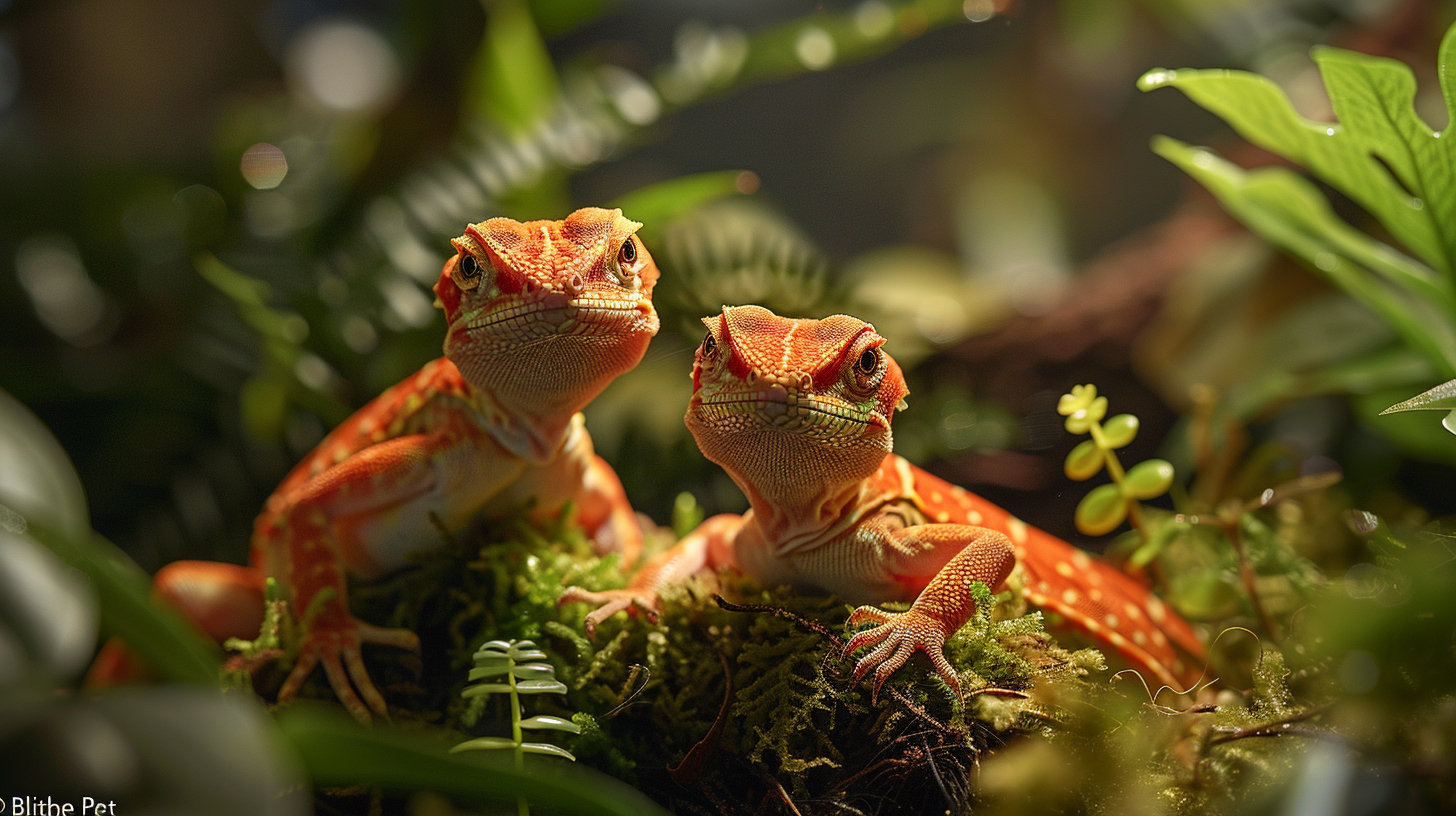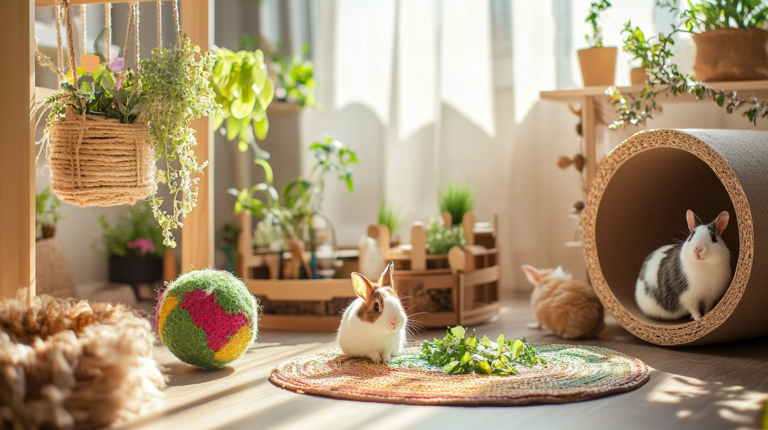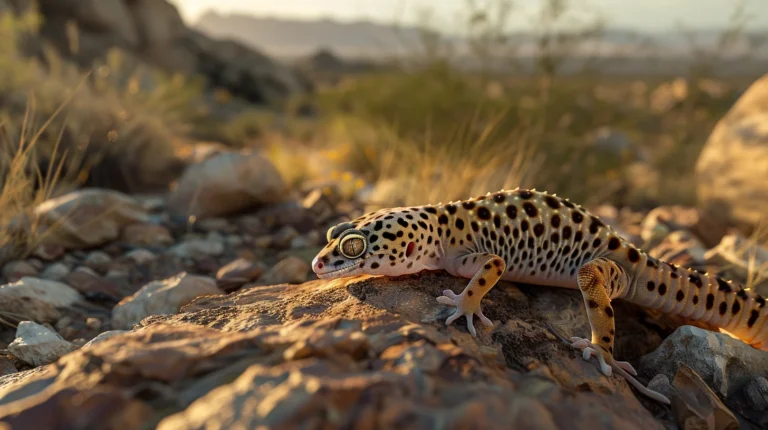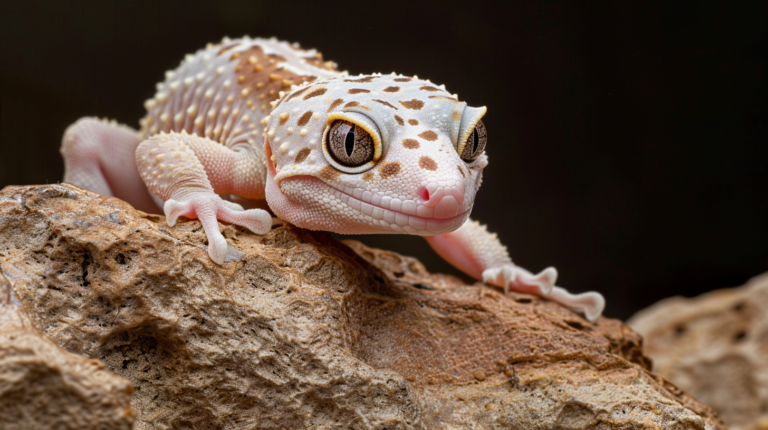Discover the key differences between male vs female green anole lizards. Learn 7 warning signs, behavioral patterns, and expert care tips for healthy anole ownership.
Table of Contents
Did you know that nearly 40% of new green anole owners struggle to identify their pet’s gender, leading to improper care and unexpected breeding situations? Understanding the differences between male vs female green anole lizards isn’t just about curiosity—it’s essential for providing proper housing, nutrition, and healthcare for these fascinating reptiles.
Green anoles (Anolis carolinensis) are among America’s most popular pet lizards, yet many owners remain unaware of the crucial behavioral and physical distinctions between males and females. Whether you’re a first-time reptile owner or expanding your collection, recognizing these differences can prevent territorial conflicts, ensure appropriate housing arrangements, and help you provide species-specific care that keeps your anoles thriving.
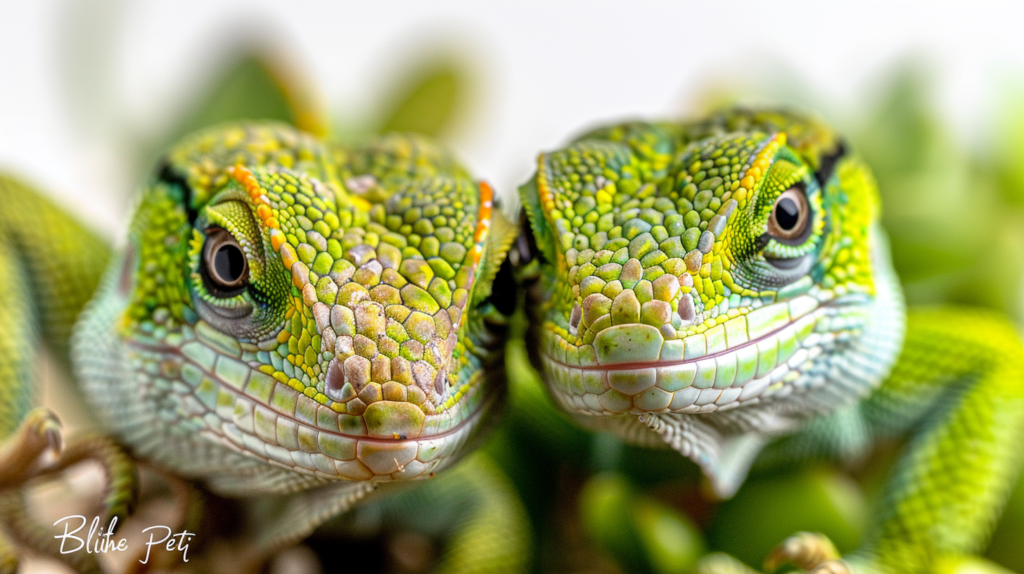
Living in coastal North Carolina, I’ve observed wild green anoles in my backyard for years before deciding to keep them as pets. The dramatic territorial displays I witnessed between males taught me firsthand how crucial it is to understand gender differences—something that completely transformed how I approached anole care and housing decisions.
This comprehensive guide reveals seven clear warning signs that distinguish male from female green anoles, along with expert tips for optimal care, common mistakes to avoid, and when professional veterinary consultation becomes necessary.
Physical Characteristics Comparison
| Physical Feature | Male Green Anole | Female Green Anole | Identification Tips |
|---|---|---|---|
| Size | 5-8 inches total length | 4-6 inches total length | Males consistently larger in captivity |
| Dewlap (Throat Fan) | Large, bright red/pink | Small or absent, pale pink | Most reliable gender indicator |
| Head Shape | Broader, more triangular | Narrower, more rounded | Noticeable from side profile |
| Post-anal Scales | 2-3 enlarged scales behind vent | No enlarged scales | Check with magnifying glass |
| Tail Thickness | Thicker at base | Uniformly narrow | Males have hemipene bulges |
| Body Build | Muscular, robust | Slender, streamlined | More apparent in adults |
| Coloration | Brighter greens, territorial browns | Subtle color changes | Context-dependent display |
Warning Sign #1: Dewlap Size and Display Behavior
The most distinctive difference between male vs female green anole lizards lies in their dewlap—the expandable throat fan that serves as both a communication tool and territorial display mechanism. Male green anoles possess significantly larger, more vibrant dewlaps that extend dramatically when displaying dominance, attracting mates, or warning off competitors.
Male Dewlap Characteristics:
- Bright red to deep pink coloration
- Extends 2-3 times larger than head width
- Frequently displayed during daylight hours
- Accompanied by head bobbing and push-up motions
Female Dewlap Characteristics:
- Pale pink or nearly absent
- Rarely extends beyond throat area
- Minimal display behavior
- Used primarily for species recognition
Expert Tip: Never assume a small dewlap indicates a female—juvenile males may have underdeveloped dewlaps that grow more prominent with age and sexual maturity.
Warning Sign #2: Territorial and Aggressive Behaviors
Understanding behavioral differences between male vs female green anole personalities proves crucial for proper housing decisions. Males exhibit significantly more territorial aggression, especially when housed together or within sight of other males.
Male Behavioral Patterns:
- Vigorous head bobbing displays
- Push-up posturing on elevated surfaces
- Chase behaviors toward other anoles
- Darkening of skin color during confrontations
- Claiming specific basking spots or territories
Female Behavioral Patterns:
- More peaceful coexistence with other females
- Less frequent territorial displays
- Subtle color changes during stress
- Foraging-focused rather than display-focused behavior
- Generally calmer disposition in captivity
Warning Signs of Stress: Watch for rapid color changes from bright green to dark brown, excessive hiding, loss of appetite, or repeated glass surfing behaviors in either gender.
Warning Sign #3: Physical Size and Body Proportions
Size differences between male vs female green anole lizards become increasingly apparent as they mature. These proportional variations affect housing requirements, feeding schedules, and health monitoring approaches.
Adult males typically measure 6-8 inches in total length, with robust builds and broader heads that accommodate larger jaw muscles for territorial confrontations. Their muscular appearance reflects higher activity levels and competitive behaviors.
Female green anoles usually reach 4-6 inches in length, maintaining more streamlined profiles optimized for egg-laying and agile foraging. Their narrower builds allow access to smaller hiding spaces and feeding opportunities.
Size-Related Care Considerations:
- Larger males require more substantial food portions
- Females need calcium supplementation during breeding season
- Housing dimensions should accommodate the largest individual
- Substrate depth matters more for gravid females
Have you noticed size differences in your anole collection? Monitoring growth patterns helps identify potential health issues early.
Behavioral Differences and Care Requirements
| Behavior Category | Male Green Anole | Female Green Anole | Care Implications |
|---|---|---|---|
| Territorial Display | Frequent head bobbing, dewlap extension | Minimal territorial behavior | Separate housing for males |
| Feeding Behavior | Competitive, aggressive feeding | Methodical, less competitive | Feed separately to prevent stress |
| Basking Preferences | Claims prime spots, defends territory | Shares basking areas peacefully | Provide multiple basking zones |
| Breeding Behavior | Year-round courtship displays | Seasonal receptivity, egg-laying | Monitor for breeding stress |
| Social Tolerance | Low tolerance for other males | Moderate tolerance for females | Never house multiple males together |
| Activity Levels | High activity, frequent displays | Moderate activity, foraging focus | Adjust feeding schedules accordingly |
| Stress Indicators | Rapid color changes, aggression | Hiding, appetite loss | Different stress management needed |
Warning Sign #4: Post-Anal Scale Examination
One of the most reliable methods for determining male vs female green anole gender involves examining the post-anal scales—small scales located immediately behind the vent (cloaca). This technique requires careful handling and good lighting but provides definitive identification.
Male Post-Anal Scales:
- Two to three noticeably enlarged scales
- More prominent than surrounding scales
- Located directly behind the vent opening
- Visible with magnification in adults
Female Post-Anal Scales:
- Uniform scale size throughout the area
- No enlarged or prominent scales
- Scales appear consistent with surrounding area
- Less defined scale pattern
Safe Examination Technique:
- Ensure your anole is calm and secure
- Use a magnifying glass for detailed viewing
- Gently lift the tail to expose the vent area
- Compare scale sizes immediately behind the opening
- Never force or stress the animal during examination
This method works best on adults, as juvenile scale patterns may not yet show clear differentiation.
Warning Sign #5: Tail Base Thickness and Hemipene Bulges
The tail base provides another reliable indicator when identifying male vs female green anole specimens. Males possess distinctly thicker tail bases due to hemipene storage, while females maintain uniformly tapered tail profiles.
Male Tail Characteristics:
- Noticeably swollen base immediately behind the vent
- Bilateral bulges indicating hemipene presence
- Thickness gradually tapers along tail length
- More pronounced in sexually mature individuals
Female Tail Characteristics:
- Uniform thickness from base to tip
- No swelling or bulges behind the vent
- Gradually tapered, streamlined appearance
- Consistent with overall body proportions
Important Considerations:
- Recent feeding can temporarily affect tail base appearance
- Dehydration may make features less prominent
- Age affects visibility—features develop with maturity
- Handle gently to avoid tail autotomy (dropping)
Understanding these physical differences helps prevent housing conflicts and enables appropriate breeding management decisions.
Warning Sign #6: Breeding Season Behavioral Changes
Seasonal breeding behaviors offer clear insights into male vs female green anole identification and care requirements. Spring through early fall triggers distinct behavioral patterns that differ dramatically between genders.
Male Breeding Behaviors:
- Increased territorial displays and dewlap extensions
- More frequent head bobbing and push-up displays
- Active pursuit of females within the territory
- Enhanced coloration during peak breeding periods
- Heightened aggression toward other males
Female Breeding Behaviors:
- Receptive posturing when approached by males
- Nest-seeking behaviors in appropriate substrate
- Increased calcium-seeking behaviors
- Egg-laying cycles every 10-14 days during season
- Post-laying recovery periods with reduced activity
Breeding Season Care Adjustments:
- Separate males to prevent territorial injuries
- Provide calcium-rich diet supplements for females
- Offer appropriate egg-laying substrate and privacy
- Monitor for signs of egg-binding or reproductive stress
- Maintain optimal temperature and humidity levels
Are you prepared for unexpected breeding behaviors in your anole collection? Planning ahead prevents stress for both pets and owners.
Health Monitoring and Veterinary Care Schedule
| Health Aspect | Male Green Anole | Female Green Anole | Recommended Frequency | Veterinary Priority |
|---|---|---|---|---|
| Weight Monitoring | 3-5 grams adult weight | 2-4 grams adult weight | Weekly during active season | Monthly check-ups |
| Reproductive Health | Monitor for hemipene prolapse | Watch for egg-binding signs | During breeding season | Immediate if complications |
| Territorial Injury Check | Higher risk of bite wounds | Lower injury risk | After any interactions | As needed for wounds |
| Parasite Screening | Annual fecal examination | Annual fecal examination | Yearly or if symptoms appear | Annual wellness exam |
| Calcium Deficiency | Moderate risk | High risk during breeding | Monitor bone development | Emergency if MBD suspected |
| Shedding Problems | Occasional stuck shed | Similar shedding patterns | During each shed cycle | If complications arise |
| Behavioral Assessment | Aggression, stress patterns | Egg-laying, appetite changes | Ongoing observation | Consultation for changes |
Warning Sign #7: Seasonal Activity and Color Change Patterns
The final critical difference in male vs female green anole identification involves seasonal activity patterns and color change responsiveness. These behavioral variations directly impact care requirements and housing management throughout the year.
Male Seasonal Patterns:
- Peak activity during spring and summer breeding seasons
- More dramatic color changes from bright green to dark brown
- Increased basking behavior and territorial displays
- Higher food consumption during active periods
- Reduced activity during winter months with maintained alertness
Female Seasonal Patterns:
- Consistent activity levels with gradual seasonal adjustments
- Subtle color changes primarily related to stress or temperature
- Increased nesting behaviors during breeding season
- Variable appetite based on reproductive cycling
- More pronounced winter dormancy periods
Seasonal Care Adjustments:
- Monitor heating requirements more closely in winter
- Adjust feeding schedules based on activity levels
- Provide additional privacy during breeding seasons
- Maintain consistent lighting cycles year-round
- Watch for signs of brumation (reptilian hibernation)
Understanding these patterns helps prevent misinterpretation of normal seasonal behaviors as health concerns.
Expert Tips for Gender-Specific Green Anole Care
Successfully caring for male vs female green anole lizards requires implementing gender-specific strategies that address their unique behavioral and physiological needs.
Housing Recommendations:
- Never house multiple males together—territorial aggression causes severe stress
- Females can cohabitate peacefully with adequate space and resources
- Provide separate feeding stations to prevent competitive stress
- Offer multiple basking spots to accommodate territorial preferences
- Include dense vegetation for privacy and stress reduction
Feeding Strategies:
- Males require slightly larger prey items due to increased body size
- Females need calcium supplementation during breeding season
- Monitor feeding responses to identify stress or health issues
- Adjust portion sizes based on seasonal activity levels
- Provide diverse prey items to prevent nutritional deficiencies
Environmental Enrichment:
- Create vertical territory options with branches and plants
- Maintain proper temperature gradients (75-85°F)
- Ensure appropriate humidity levels (60-70%)
- Provide UVB lighting for vitamin D3 synthesis
- Include hiding spots to reduce stress
For more expert pet care tips and product recommendations, visit BlithePet.com — your trusted source for pet wellness.
Common Mistakes to Avoid
Understanding male vs female green anole differences helps prevent these frequent care errors:
Housing Mistakes:
- Assuming all anoles can live together peacefully
- Providing insufficient territory space for males
- Failing to separate aggressive individuals promptly
- Overlooking the need for multiple resource locations
Feeding Errors:
- Using identical feeding schedules regardless of gender
- Neglecting calcium supplementation for breeding females
- Overfeeding sedentary individuals during winter months
- Ignoring competitive feeding behaviors
Health Monitoring Oversights:
- Missing early signs of reproductive complications
- Confusing normal seasonal behaviors with illness
- Inadequate record-keeping for breeding cycles
- Delayed veterinary consultation for concerning symptoms
Breeding Management Problems:
- Unplanned breeding due to mixed-gender housing
- Insufficient nesting substrate for gravid females
- Inadequate post-laying recovery support
- Poor egg incubation setup and monitoring
When to Consult a Veterinarian
Certain situations involving male vs female green anole health require immediate professional veterinary attention:
Emergency Situations:
- Suspected egg-binding in females (straining without laying)
- Hemipene prolapse in males (visible pink tissue protrusion)
- Severe territorial injuries with open wounds
- Signs of metabolic bone disease (tremors, weakness)
- Respiratory distress or mouth rot symptoms
Routine Veterinary Care:
- Annual wellness examinations for health monitoring
- Fecal parasite screening and treatment
- Nutritional counseling for optimal diet planning
- Behavioral consultation for persistent problems
- Pre-breeding health assessments
Gender-Specific Concerns:
- Reproductive behavior assessment and guidance
- Breeding season health optimization
- Post-laying female recovery monitoring
- Male territorial aggression management
- Seasonal care adjustment recommendations
Establishing a relationship with an exotic veterinarian before problems arise ensures prompt, appropriate care when needed.
Myth-Busting: Common Green Anole Gender Misconceptions
Myth #1: "All green anoles can change gender based on environmental conditions." Reality: Green anoles have fixed genders determined genetically. Environmental factors cannot change their biological sex, though they may influence reproductive behaviors and timing.
Myth #2: "Smaller anoles are always female." Reality: While females tend to be smaller, size alone cannot determine gender. Juvenile males, malnourished individuals, or certain genetic lines may produce smaller males than expected.
Myth #3: "Female anoles don't display territorial behaviors." Reality: Females can exhibit territorial displays, especially when defending nesting sites or during resource competition. Their displays are typically less intense than males but still present.
Recent research from the Journal of Herpetology confirms that proper gender identification requires multiple physical and behavioral indicators rather than relying on single characteristics.
Step-by-Step Gender Identification Guide
Follow this systematic approach for accurate male vs female green anole identification:
Step 1: Initial Visual Assessment
- Observe dewlap size and coloration during natural behaviors
- Note overall body size and proportional differences
- Document any territorial or display behaviors witnessed
- Record color change patterns during various activities
Step 2: Physical Examination
- Gently restrain the anole using proper handling techniques
- Examine post-anal scales with magnification assistance
- Assess tail base thickness and any bulging patterns
- Measure overall length for size comparison data
Step 3: Behavioral Observation
- Monitor territorial displays and dewlap extensions
- Watch feeding behaviors and competitive interactions
- Note basking preferences and social tolerance levels
- Document any breeding-related behaviors during appropriate seasons
Step 4: Confirmation and Documentation
- Combine multiple identification markers for accuracy
- Photograph key physical features for veterinary consultation
- Maintain detailed records for future reference
- Seek professional confirmation if uncertainty remains
Step 5: Implement Appropriate Care
- Adjust housing arrangements based on confirmed gender
- Modify feeding schedules and nutritional supplementation
- Prepare for gender-specific seasonal care requirements
- Plan for potential breeding management needs
FAQ Section
Frequently Asked Questions About Green Anole Gender
Conclusion
Understanding the differences between male vs female green anole lizards empowers pet owners to provide optimal care tailored to each gender's specific needs. From recognizing the prominent dewlap displays of territorial males to supporting the reproductive health of egg-laying females, these seven warning signs create a foundation for successful anole ownership.
Key Takeaways:
- Dewlap size and display behavior remain the most reliable gender indicators
- Physical characteristics like post-anal scales and tail base thickness provide definitive identification
- Behavioral differences require gender-specific housing and care strategies
- Seasonal patterns influence feeding, activity levels, and health monitoring needs
- Professional veterinary care ensures proper reproductive health management
The territorial male anole that claimed my backyard bird bath taught me that respecting these natural behaviors, rather than fighting them, leads to healthier, happier reptiles. Whether you're caring for a displaying male or a gravid female, understanding their unique requirements transforms pet ownership from guesswork into informed, confident care.
Remember: Successful green anole care starts with accurate gender identification and evolves into specialized management strategies that honor each lizard's natural behaviors and physiological needs.
Have a similar experience with your pet? Share it in the comments below! Don't forget to check out our other helpful guides at BlithePet.com.

